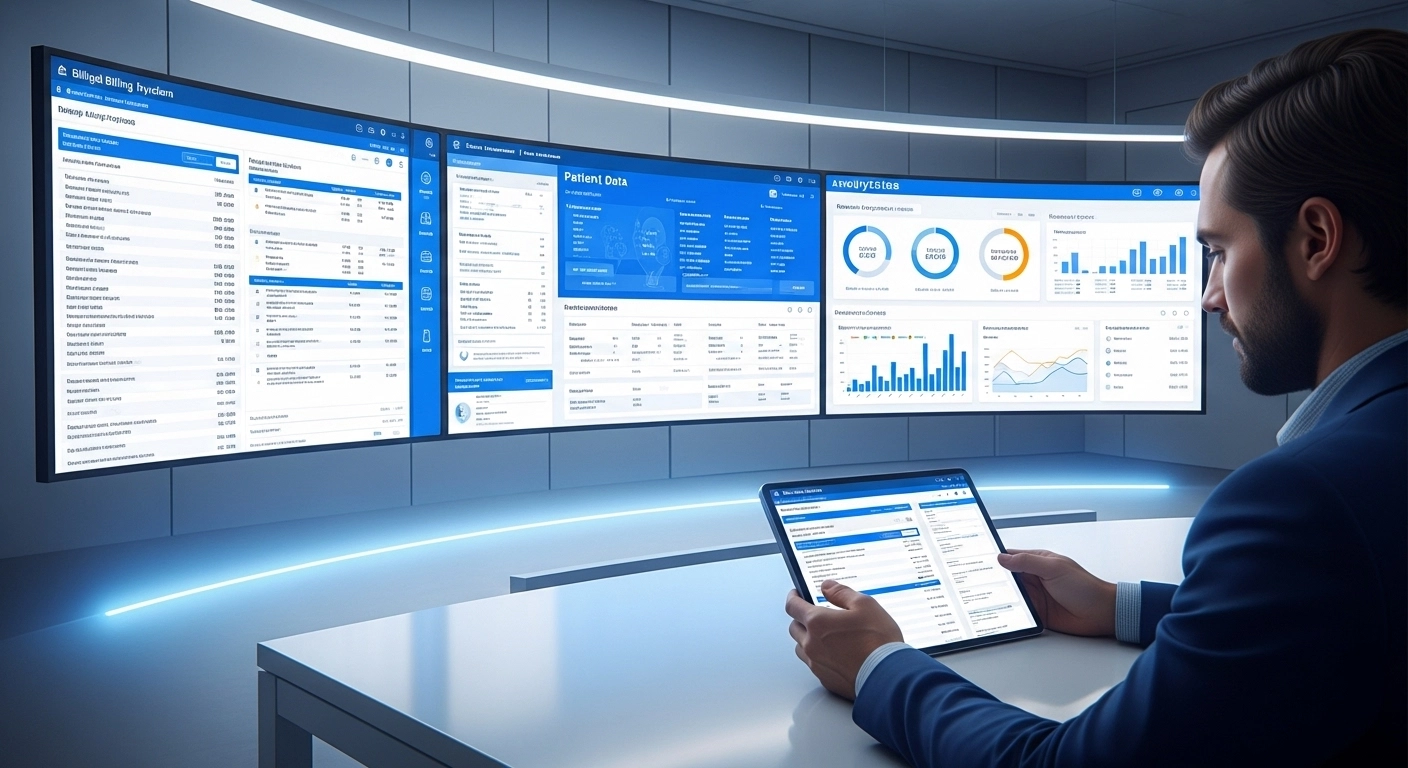How Medical Billing Systems Reduce Errors and Improve Financial Efficiency
In an era where healthcare cost control and accuracy are critical, medical billing systems have emerged as essential tools for hospitals. They help reduce errors, accelerate revenue and deliver more professional patient service.

Hospitals today face mounting pressures: rising costs, evolving insurance regulations, and patient expectations for a seamless, error-free experience. In this landscape, medical billing systems play a pivotal role — not just in issuing invoices, but in managing the entire revenue cycle: from service entry and coding to claim submission and payment follow-up. When this cycle is managed through an integrated system, errors decrease, delays shorten and operational efficiency rises — allowing hospitals to focus on what truly matters: high-quality patient care. In this article, we will explore how such systems reduce errors and enhance financial efficiency, making them a smart investment for any healthcare organisation seeking excellence.
1. What Are Medical Billing Systems?
Medical billing systems are specialized software solutions designed to handle all financial and administrative processes related to billing, insurance claims, and payment tracking in healthcare organizations.
They connect clinical and financial data, automatically converting medical services into accurate, coded invoices using international standards such as ICD and CPT.
2. Why Hospitals Need Advanced Billing Systems
Manual or disconnected billing processes lead to multiple challenges:
- High rates of human errors in data entry and pricing.
- Delayed or rejected insurance claims due to missing or incorrect information.
- Revenue loss caused by incomplete or untracked billing.
- Difficulty generating accurate financial reports for decision-making.
Modern billing systems solve these problems through automation, integration, and real-time validation of all financial processes.
3. How Billing Systems Reduce Errors
Medical billing software minimizes mistakes through several key features:
- Automatic data verification before invoice generation.
- Integration with Electronic Medical Records (EMR) to ensure data accuracy.
- Automatic code updates following ICD/CPT standards.
- Smart alerts for missing or mismatched data.
- Reduced manual intervention in financial operations.
The result: higher billing accuracy and first-pass claim acceptance by insurance providers.
4. How Billing Systems Improve Financial Efficiency
Beyond error reduction, these systems are a key driver of financial success. They help hospitals:
- Accelerate revenue cycles by automating claim submission and payment follow-ups.
- Analyze financial performance through detailed revenue and expense reports.
- Identify process inefficiencies and optimize resource allocation.
- Enhance transparency across departments and stakeholders.
- Support strategic decision-making with real-time financial dashboards.
Ultimately, billing systems turn finance management from a burden into a strategic advantage.
5. Core Components of a Medical Billing System
A modern billing platform typically includes:
- Claims Management Module
- Billing and Financial Accounts Module
- Integration with HIS or EMR Systems
- Financial Performance Dashboards
- AI-based Error Detection and Notifications
6. Common Challenges in Implementing Billing Systems
Despite their benefits, adopting a billing system can face challenges such as:
- Staff resistance to change or lack of digital literacy.
- The need for comprehensive training for billing and administrative teams.
- Initial implementation costs and technical integration issues.
- Frequent updates to medical codes and compliance standards.
These challenges can be overcome through selecting a reliable system, providing continuous support, and ensuring full integration with existing hospital systems.
7. Steps to Implement an Effective Billing System
- Assess the hospital’s current financial and billing workflow.
- Select a system tailored to organizational size and needs.
- Train all staff on efficient system usage.
- Track financial KPIs post-implementation.
- Continuously update and integrate the system with other hospital software.
Conclusion
Medical billing systems are not just financial tools they are strategic enablers of operational and financial excellence.
By automating processes, reducing human errors, and accelerating the revenue cycle, hospitals can achieve greater stability, efficiency, and transparency ultimately improving both financial performance and patient satisfaction.


